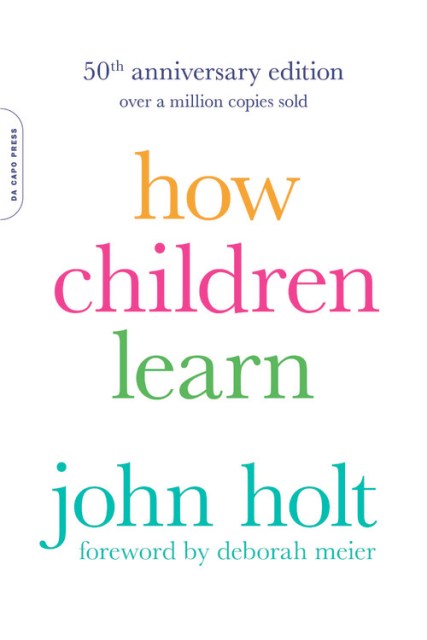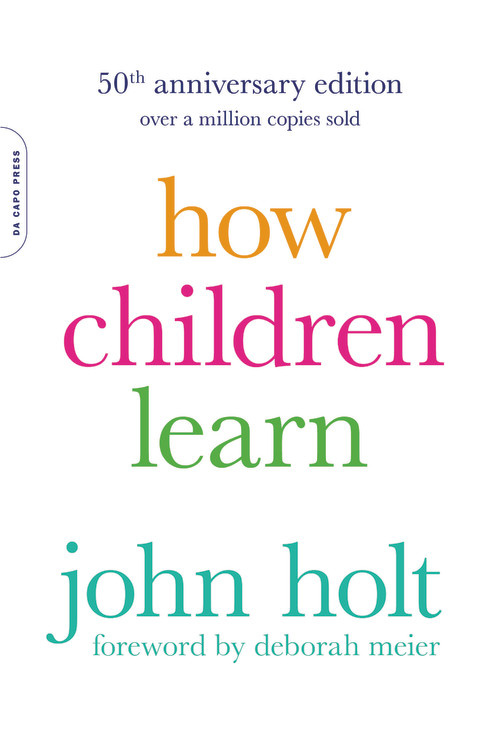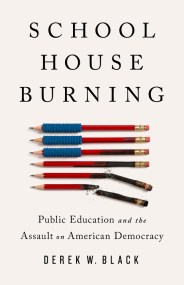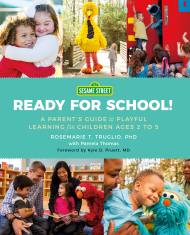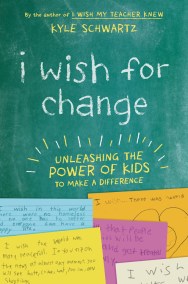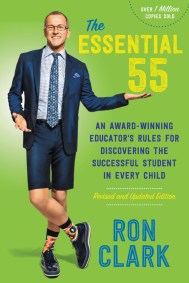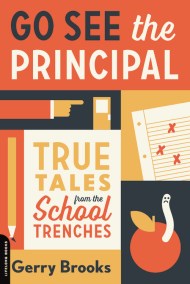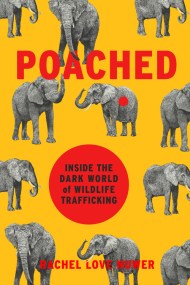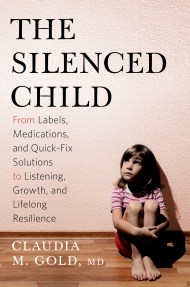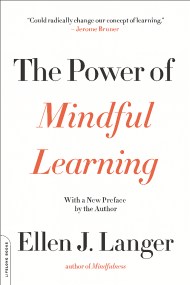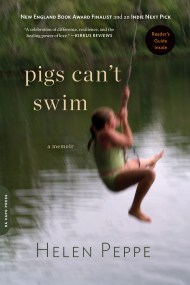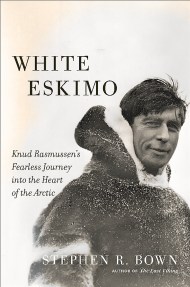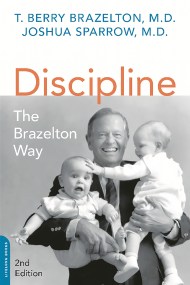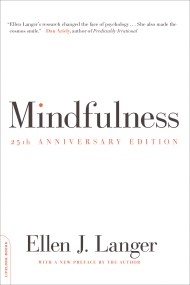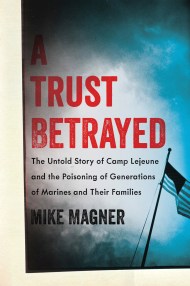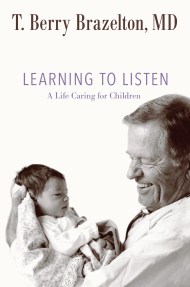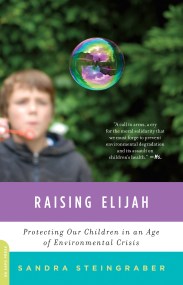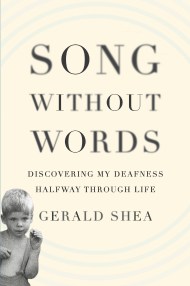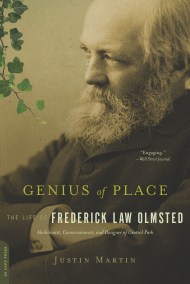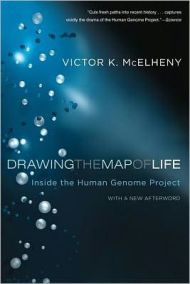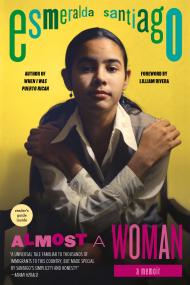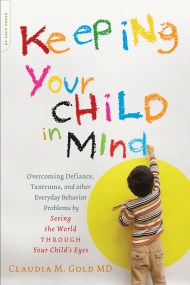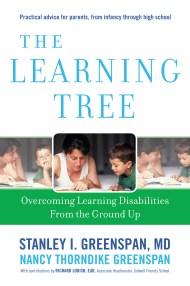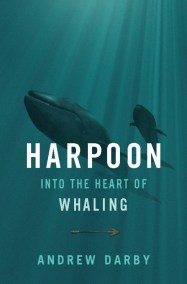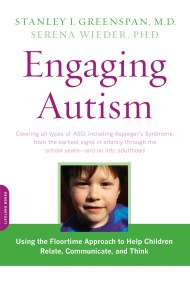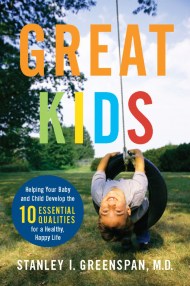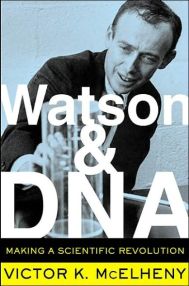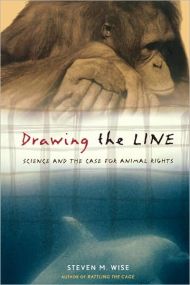Promotion
Use code MOM24 for 20% off site wide + free shipping over $45
How Children Learn (50th anniversary edition)
Contributors
By John Holt
Formats and Prices
Price
$19.99Price
$25.99 CADFormat
Format:
- Trade Paperback $19.99 $25.99 CAD
- ebook $11.99 $15.99 CAD
- Audiobook Download (Unabridged)
This item is a preorder. Your payment method will be charged immediately, and the product is expected to ship on or around August 1, 2017. This date is subject to change due to shipping delays beyond our control.
Also available from:
Genre:
-
"Holt is a class with Piaget."New York Review of Books
-
"By his vision of what can be done in education, he makes us think in new ways about what is being done."The Wall Street Journal
-
"One of the most profoundly moving books I've ever read, the truest account of how I remember my best learning experiences as a child and an adult."Cory Doctorow, author of Walkaway and Little Brother
-
"The gentle voice of reason."Life magazine
- On Sale
- Aug 1, 2017
- Page Count
- 320 pages
- Publisher
- Da Capo Lifelong Books
- ISBN-13
- 9780738220086
Newsletter Signup
By clicking ‘Sign Up,’ I acknowledge that I have read and agree to Hachette Book Group’s Privacy Policy and Terms of Use
